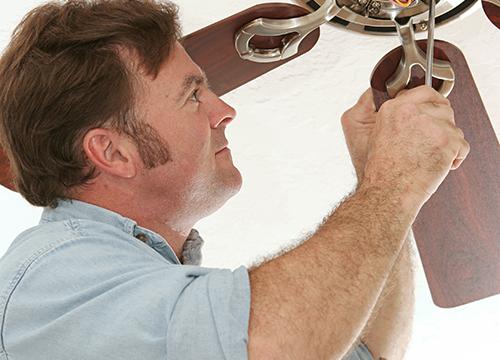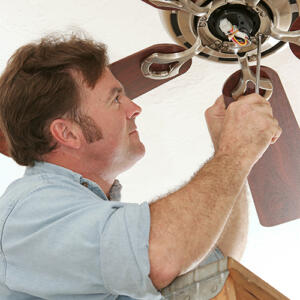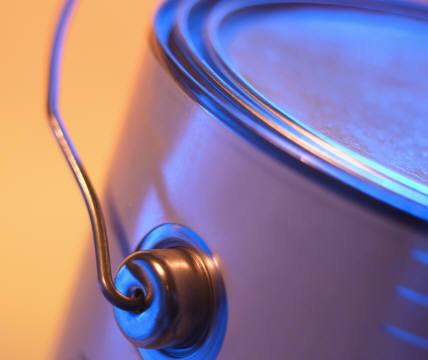
- From small DIY projects to major overhauls, there are many upgrades homebuyers can do to elevate ROI:
- Improve Curb Appeal
- Install Metal Roofing
- Refinish Hardwood
- Switch to LED
We look back at old homes and like to think of them as well-loved, but houses tend to reflect the scars of time. From dents in the wall to oil spots and scuffed hardwood, most properties desperately need a facelift. So grab the caulk gun and sanding paper as we discuss four DIY projects to improve your home’s return on investment (ROI).
Improve Curb Appeal
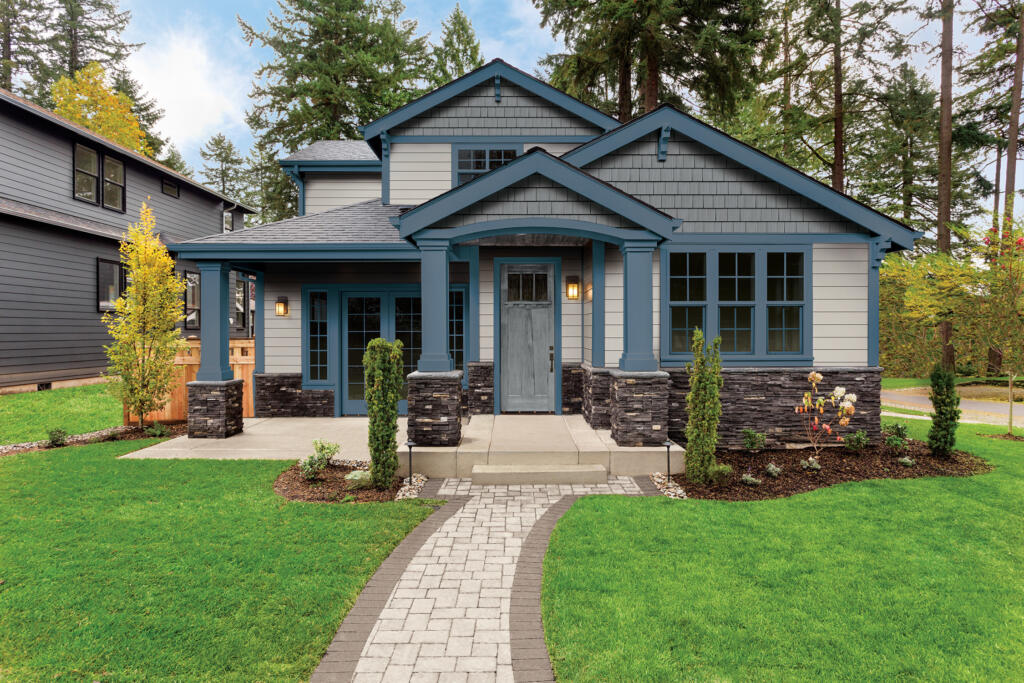
Curb appeal is the attractiveness of a home derived from its aesthetic value. Put simply, what does the average passerby think of your property from the street view? Are your hedges trimmed, your exterior freshly painted, and your flowers blooming? Curb appeal encompasses more than these few ideas, but most upgrades bring at least 50% ROI. Landscaping improvements such as planting new trees or garden beds can yield a 50% ROI and a jump in resale value by 14%. Power washing your driveway removes the grunge and costs less than $500. Not all upgrades cost a fortune; new light features, doorknobs, and small porch plants can cost under $200.
These don’t always work out, though. Not all buyers are looking for an intricate garden to tend to, and not everyone desires the maintenance that a pool requires. Costs associated with curb appeal changes depend on the property and modifications made, and you can check out some of our ideas INSERT INTERNAL BLOG LINK HERE.
Install Metal Roofing
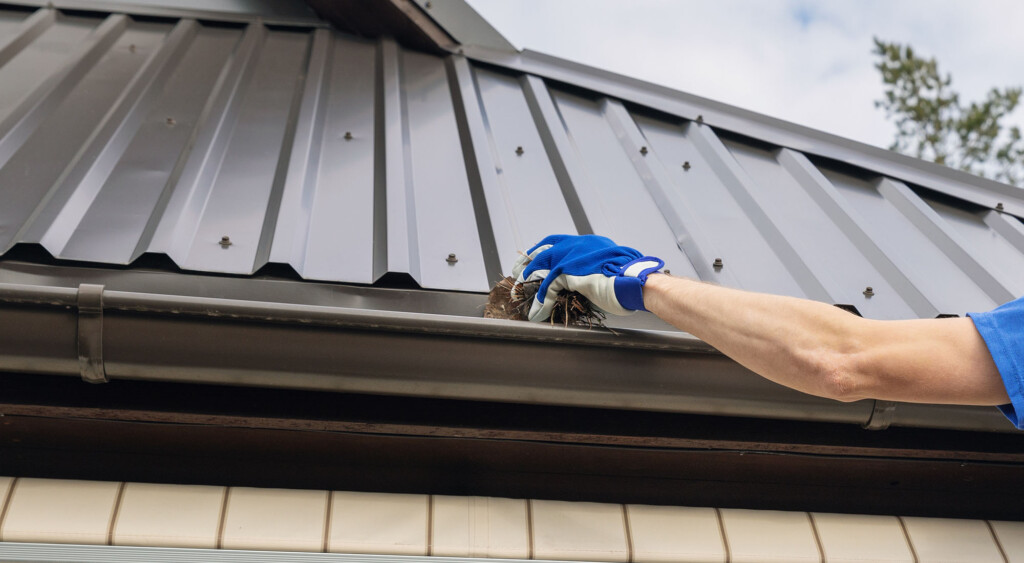
Our next DIY project is no small task. Over the past few decades, the popularity of metal roofing has risen exponentially, and the market expects to hit $33.5 billion by 2030. The low-maintenance alternative boasts longevity well over the classic asphalt shingle lifespan of 12–20 years, as metal roofs last up to 70 years. Of course, depending on local conditions and weather events, homeowners must also replace asphalt shingles often. But metal roofing, whether shingles or trays, helps homebuyers in the long run with its energy-saving properties. By its nature, this product reflects UV rays and, on average, saves between 10–25% on cooling costs. Likewise, lightning strikes upon a metal roof drastically reduce the risk of nature-borne house fires. And for those concerned with sustainability, most metal roofs are constructed with at least 25% recyclable materials.
Costs of swapping to a metal roof range between $5,000–$20,000 but average a 61% ROI alongside added benefits.
Refinish Hardwood
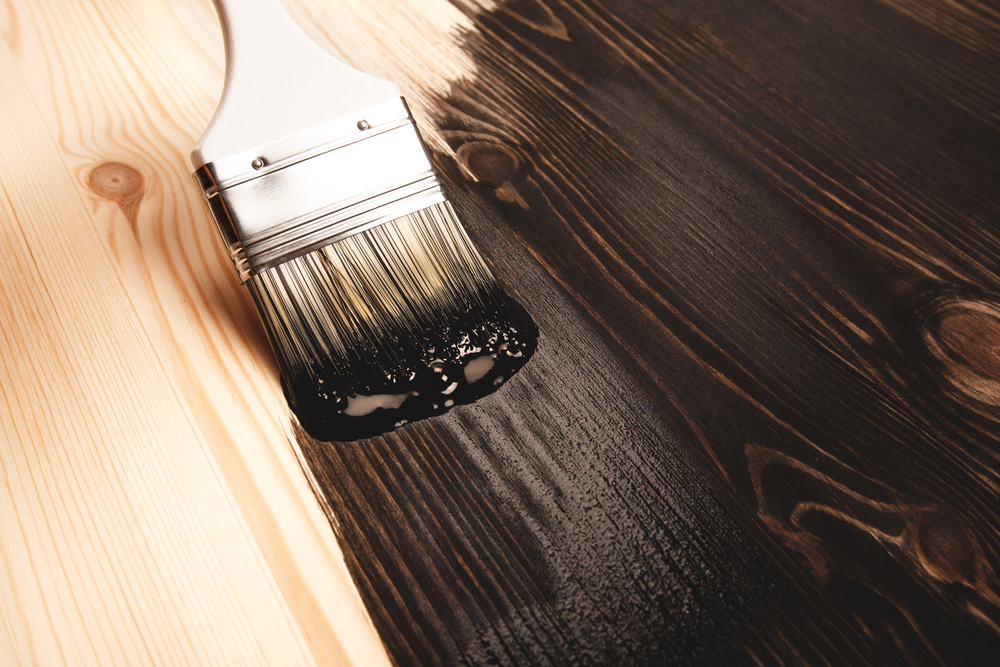
When installing flooring, hardwood and tile instantly elevate any space as long runners tend to increase perceived depth. In fact, Professional Builder suggests that hardwood floors increase a home’s ROI by 70–80% and a 2.5% boost to the overall sale. But over the years, scratches and knicks formed in the hardwood degrade its luster. More cost-effective alternatives exist, such as vinyl or laminate, but many homebuyers prefer genuine hardwood. Don’t just take our word for it. In 2019, the National Association of Realtors conducted a Remodeling Impact Study revealing that 27% of realtors suggest refinishing hardwood before putting your home up for sale. If you want to do a DIY project for your refinished hardwood, expect to spend between $800–$2,000, dependent on quantity and desired finish. Still, this remains more cost-effective than replacing the flooring entirely — often at three times the price!
Switch to LED
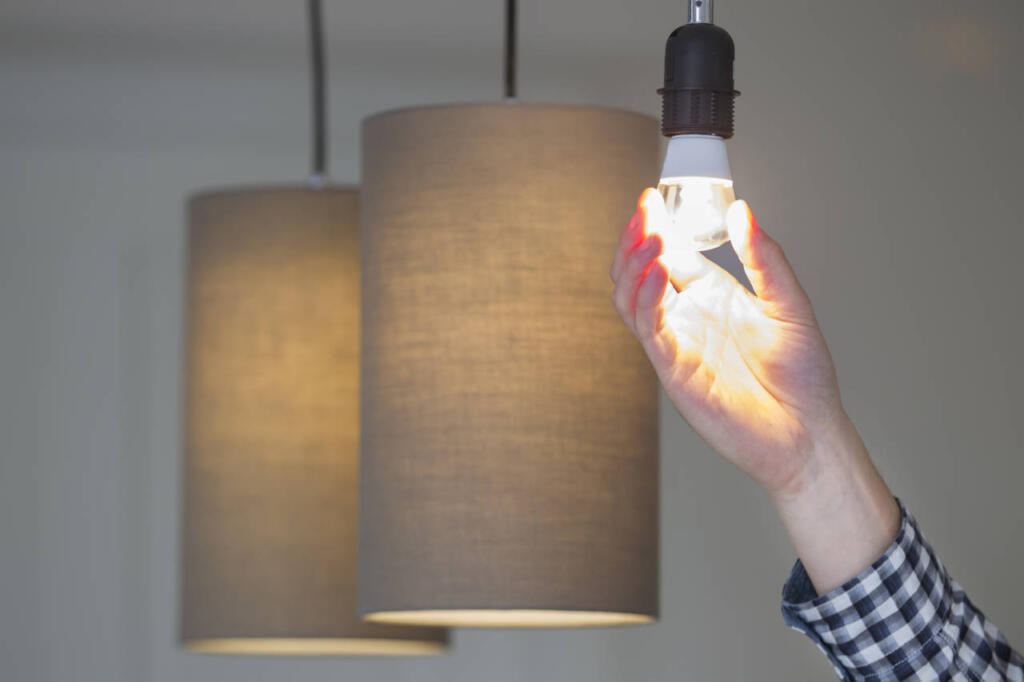
LED bulbs are a cost-effective lighting choice with several benefits. Americans spend, on average, at least 15% of their electricity bills on lighting, per the U.S. Department of Energy — but LED bulbs slash those numbers. Because they put off minimal heat, energy spent on cooling is reduced, and households retain an average of $225. Like many of the other DIY projects on this list, switching to LED bulbs is an investment in longevity. LED bulbs last approximately 30,000 hours, whereas incandescent bulbs only last 1,000 hours.
These DIY upgrades to improve ROI on your home only scratch the surface of potential ideas. So, whether you’re a DIY expert or just starting, there’s always something you can do.


